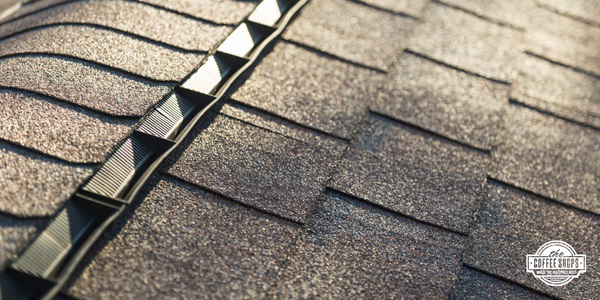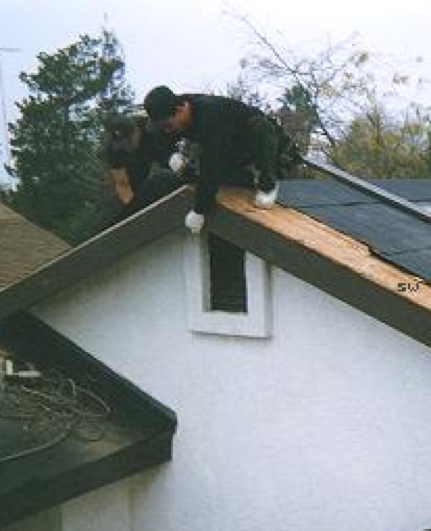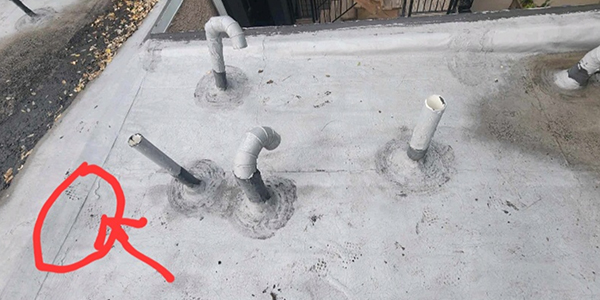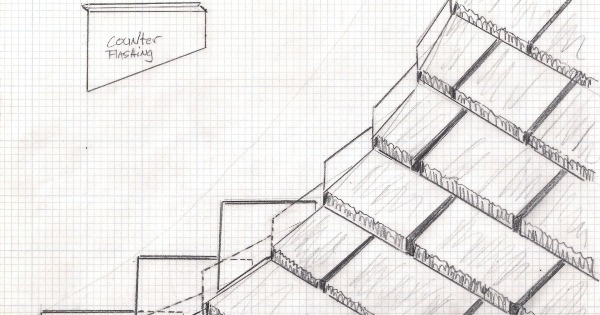Q&A – Adding proper ventilation to a hip roof
November 12, 2025 at 6:00 a.m.This homeowner was looking to install ventilation on their roof, but wanted to make sure they were creating a well-balanced system.
Dave, an Idahoan homeowner, reached out with the following question pertaining to ridge vents and hip roofs:
We have very inadequate ventilation on our existing roof. I plan to have ridge vents installed on the new roof. There is a large hip roof area that terminates at the end of one of the ridges. So there will be a good amount of warm air rising up to that end of the ridge. Does that hip portion of the roof need it's own ventilation? Perhaps a few cans near the top? Or will all that air still easily migrate out the end of the ridge vent?
One of our roofing experts, John Kenney with Cotney Consulting Group, had this to say in response:
Dave, ridge vents are an excellent upgrade, but they only work correctly when the air has a continuous path to travel. On a hip roof, the airflow gets restricted because warm air rising from those slopes doesn’t always reach the main ridge line efficiently.
In most cases, you’ll want to supplement the ridge vent with additional exhaust near the high points of those hips. That can be achieved with low-profile box vents, hip vents or even a small-powered unit if the attic volume demands it. The key is balance: your intake at the soffits must match the exhaust you’re creating.
If you rely solely on the central ridge vent, the hip sections become stagnant, leading to trapped heat and moisture. A few well-placed vents near the top of those hip runs will help ensure all the attic air circulates, preventing problems like condensation, higher cooling costs or premature shingle aging.
The bottom line is that the ridge vent will handle the straight runs, but for the hip section, yes, supplementary ventilation is a smart move. It creates a balanced system that works across the entire roof rather than leaving dead spots.
Have a question? AskARoofer.
Find your local roofing contractor in the AskARoofer™ Contractor Directory.














Comments
Leave a Reply
Have an account? Login to leave a comment!
Sign In